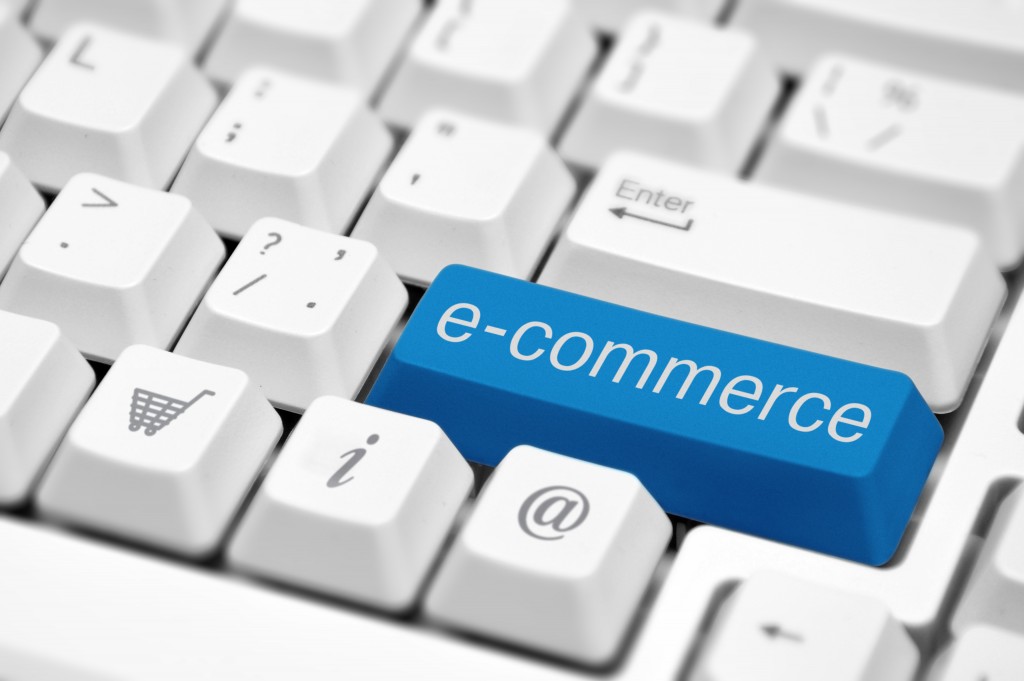Dropshipping is a method of fulfilling orders where businesses do not stock the products they sell on their premises. In this retail model, the business receives the order of the customer and purchases it from the supplier. Then, the business will have the product shipped directly to the customer.
This retail model offers a lot of advantages for new business since it has a low startup cost and it does not carry a lot of risks since the business doesn’t keep an inventory of the products. Additionally, dropshippers normally offer established products that are easy to sell.
Even with these advantages, some long-time selling self-branded products online. They shifted due to the bigger profit margins, better quality control, and price control offered by branded e-commerce. Transitioning from dropshipping to branded e-commerce is challenging at the start but once the transition is complete business owners can look forward
Conduct a Marketing Study
The first thing a business needs to do is to develop the product. To accomplish this, the business should conduct market research and use the data it collects to ensure the target market finds the product appealing. When conducting the research, the business should consider the demand, market perception, and competitors in the market.
Additionally, if the niche has a lot of well-established brands, the business should identify its unique selling proposition or unique selling point to differentiate it from its competitors. The target market should find the product valuable enough for them to buy it.
Dropshippers who already sold similar products in the market will have an advantage since they already have an idea about the market and what the audience wants. Due to this, a business can opt to sell a branded product that’s similar to what they used to sell as a dropshipper.
Develop a Business Plan
Developing a business plan is also important since it allows the business to know its goals and how it can achieve these goals. The business plan should include all the necessary information the business needs to succeed. It serves as the road map for the business as it offers a new product in the market.
The businesses have the option of writing a traditional business plan or a lean business plan. A traditional business plan is comprehensive and is normally requested by investors or financial institutions that provide funding for the business. On the other hand, a lean business plan contains only the important details and information about the business.

The business plan should also include the details about the product and its packaging. The product and packaging should be appealing to the market and enhances the reputation of the business. Business owners should also have samples made by the manufacturer, so they will know what the product looks like before launching it into the market.
Source Manufacturers
After preparing the business plan and getting a sample product, business owners should look for reliable manufacturers that can provide them with the products they’re selling. They have the option of looking for a domestic manufacturer or an overseas manufacturer. Using a domestic manufacturer may mean higher production costs, but they normally offer higher quality as well.
On the other hand, an overseas manufacturer may offer lower production costs but it may take time to find a good manufacturer that can produce a high-quality product. The business will have to weigh out the advantages and disadvantages of these two types of manufacturers.
But there are also some companies domestic that provide high-quality products at a reasonable cost. For instance, if the business is selling beauty products it can work with private label cosmetic manufacturers since these manufacturers can provide a variety of beauty products the business may want to sell.
Establish Distribution Channels
The business should also establish the distribution channels for the product. They can sell it through their website as well as online marketplaces, including Amazon, eBay, and Facebook Marketplace. They can also sell it to other retailers that may want to carry their products. So, instead of selling the product directly, the business can set up a network of distributors and retailers that can sell the product for them.
Aside from establishing the distribution channel, the business should also decide on how it will handle inventory, fulfillment, and returns. The business will also need to consider leasing space to store the products, hiring staff to handle the inventory, and set up shipping accounts. Additionally, the business should also customer support services to handle any issues customers may have about the product.
Shifting from a dropshipping retail model to a branded e-commerce business can be challenging. But once the business irons out all the kinks, it can look forward to potentially high returns in the future.



